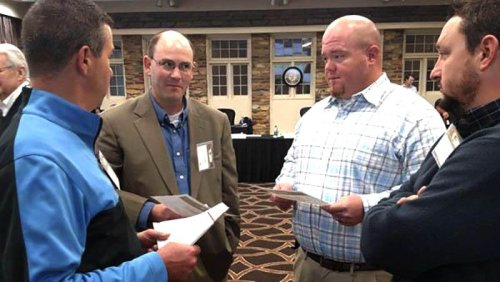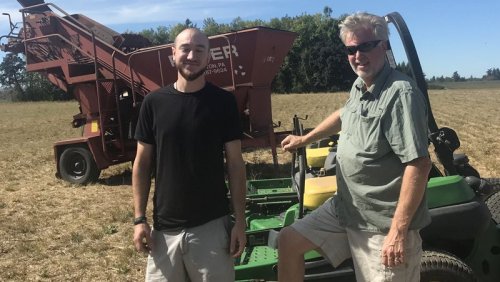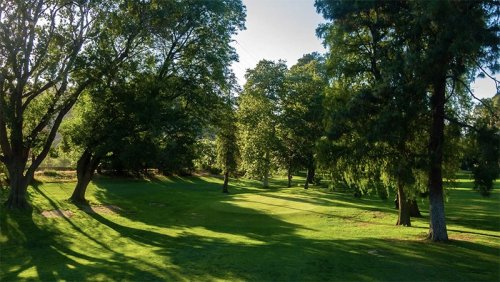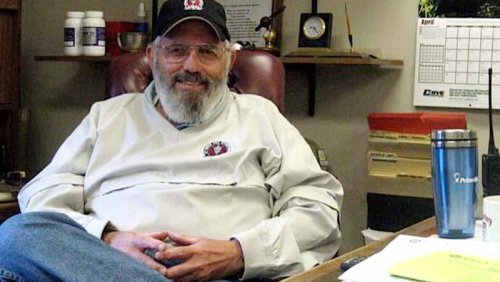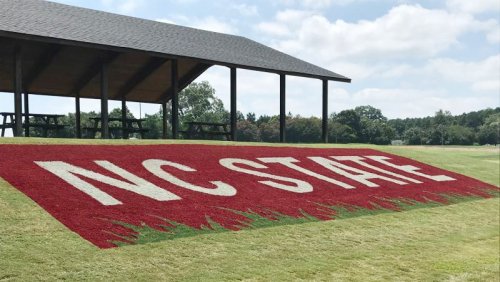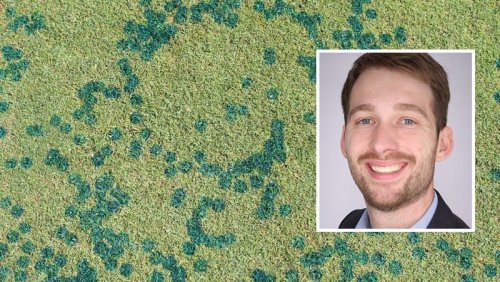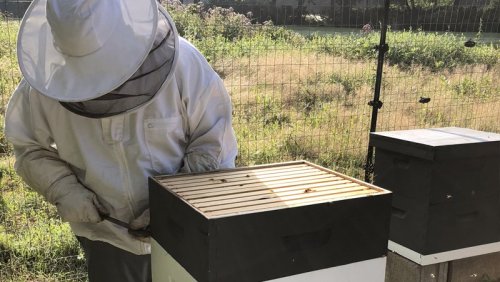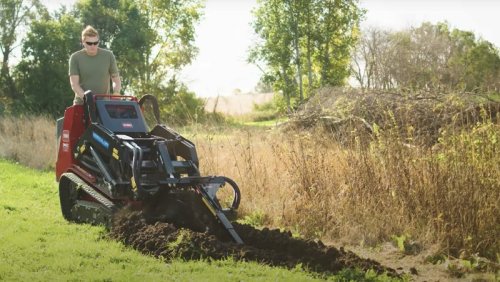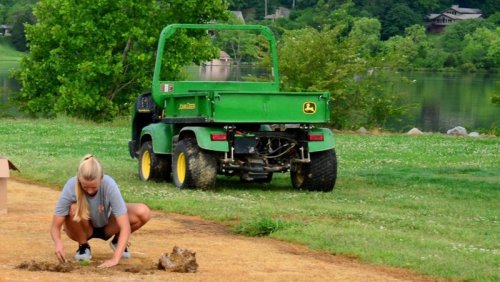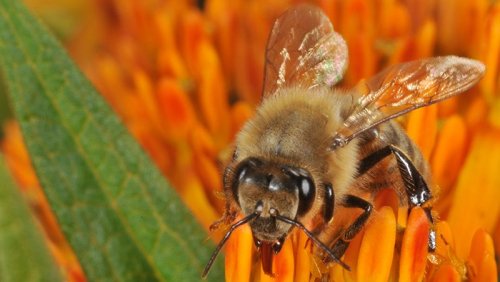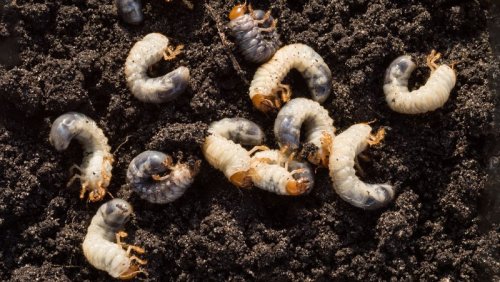
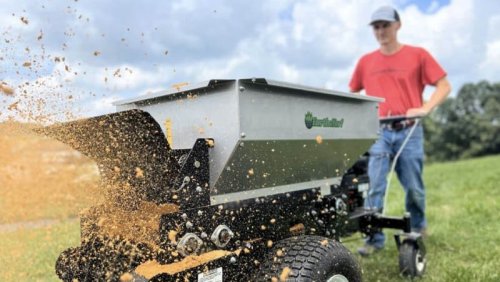
After reaching an agreement with Earth & Turf, STEC is the newest dealer of the company's topdressers and spreaders.
Based in Kirkwood, Pennsylvania, Earth & Turf manufactures a line of tow-behind and self-propelled topdressers as well as drop spreaders for golf and sports turf, agriculture, residential and professional landscape operations.
Tow-behind topdressers range in size from the Truflow 36D with a volume of 10 cubic feet to the larger Multispread 320 with a 1 cubic yard capacity.
The Truflow 24D self-propelled topdresser can can a 3-cubic-foot load, while the MultiSpread 415 box can handle a 1-cubic-foot load.
Designed for larger areas, the tow-behind topdressers are ideal for golf courses and athletic fields and are available in either ground drive or hydraulic drive.
Self-propelled topdressers feature an onboard gasoline engine designed to power and drive the machine and are suited for spreading wet or dry material.
Dri-Flo drop spreaders are designed to effectively spread fine flowable materials, including lime, seed and granular fertilizers.
STEC is a South Carolina-based manufacturer of tillers, brushes, verticutters and more and a distributor of products for the turf, agriculture and construction industries, whose branded partners include Airter, Earth & Turf, Giant Loaders, GKB Machines, Landmaster, Kioti, Rotadairon, Seppi Machines, Sidekick USA, Trench It, Trilo and VGR Topchanger.
- Read more...
- 2,423 views

